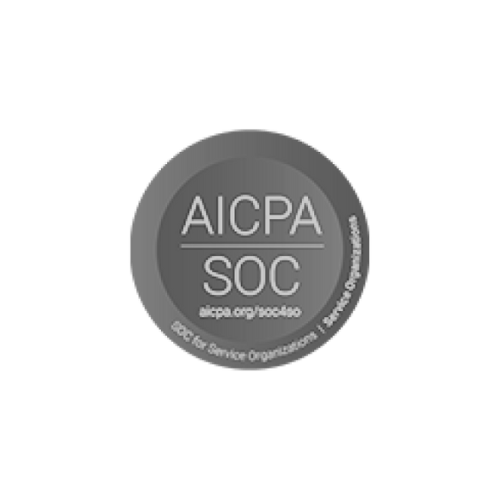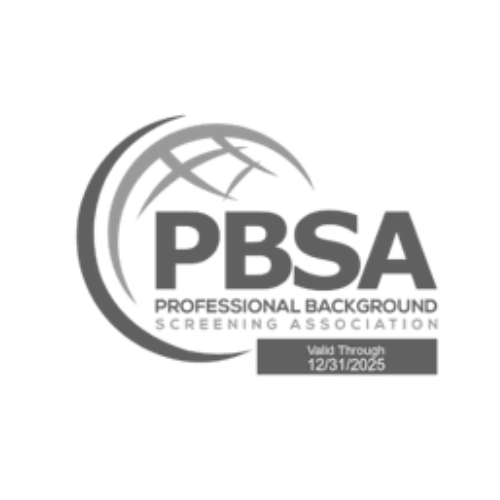Pre-employment drug tests have become ubiquitous across industries.
Drug tests are done primarily to mitigate hiring risks around safety, reliability, and performance. However, the candidates have found loopholes that can outwit even the best-designed testing protocols, leaving employers scratching their heads when erratic interview behavior and odd excuses are followed by squeaky-clean toxicology reports.
How should HR and management thoughtfully navigate these gray areas while balancing legal compliance, ethical hiring practices, and workplace safety?
Let’s find out!
How Do Employers Ascertain Fake Drug Tests?
Most employers have well-established systems around pre-employment drug screening. Candidates are carefully tracked from testing lab paperwork to sample collection procedures under strict supervision.
Yet some determined users have latched onto the nucleus of techniques, from diluting urine to spoofing previously collected “clean” samples, that can trick these safeguards and yield negative test results.
When this happens, employers often find themselves facing candidates with clearly suspicious patterns:
- The interviewee who “ghosted” after landing the offer, missed scheduled onboarding events, and then reappeared with specious excuses.
- The applicant whose explanations for employment gaps raised eyebrows which were then met with last-minute “family emergencies”.
- The articulate candidate was seemingly well-qualified whose scattered speech, nervous tics, uncontrolled emotions, and overly familiar comments hinted at impairment.
How Can Employers Tackle Fake Drug Tests?
Unfortunately, employment lawsuits around rescinded offers without confirming evidence are increasingly common.
They are fueled by legal gray areas where perceived disabilities, privacy rights, and discrimination protections intersect.
What actions should be weighed in these challenging scenarios?
- Carefully assess the cause before acting solely based on gut reactions.
- Document specific interview details, comments from references, and any unusual communications or behaviors.
- Consider whether these add up to unambiguous objective patterns or simply nebulous hunches.
- Gather inputs from multiple trained hiring staff that strengthen the rationale.
Tip: Focus solely on factual job-related behaviors vs. personal attributes. While nervous tics could signify illegal substance issues, they may also link to neurological disorders warranting accommodations if hired.
How Can Employers Review Drug Testing Protocols?
Carefully examine existing testing policies through both legal and ethical lenses, consulting employment attorneys when needed.
Determine whether protocols, procedures, and staff training need tightening to reduce spoofing risks while still respecting candidate privacy rights and avoiding discrimination.
Analyze such details as:
- How testers are supervised during sample collection
- Chain-of-custody documentation trails
- Physiological sample checks performed by labs
- Substance panels covered
Questions to explore:
- Are the relaxation of marijuana laws impacting protocols?
- Does the testing process consider rising risks around synthetic opioids and prescription drug abuse?
- Are new substances slipping through the cracks?
For example, hair testing rather than commonly used urine screens can reliably reveal drug usage patterns over months instead of days, albeit at higher costs.
Tip: Ensure legally allowed testing aligns tightly with job requirements. While regular screens may be justified for heavy equipment operators due to public safety, applying this universally could constitute an unwarranted invasion of privacy.
Set Clear Employment Expectations
If choosing to hire candidates despite reasonable suspicions, set clear expectations.
Talk about job performance, workplace conduct and potential penalties for policy violations.
Treating all new team members consistently allows freedom to terminate probationary employees exhibiting dangerous, disruptive, or unreliable behaviors regardless of cause is ultimately provable.
Openly discuss:
- Workplace cultural values, tolerances, and prohibitions
- Progressive disciplinary processes, documentation standards, and potential sanctions
- Roles peer monitoring plays in organizational health
This establishes evidence-based performance records upon which legally defensible staffing decisions can be straightforwardly made after observation periods.
Ongoing training in recognizing impairment signs for supervisors strengthens compliance.
Tip: Ensure employment policies and agreements protect organizational interests should expeditious terminations be required.
Conclusion
When gut warnings conflict with clean test slates, proceeding cautiously backed by factual documentation and employment legal advice reduces risks while allowing potential top talent to still positively contribute.
Relying solely on front-end drug screening without ongoing engagement, education, and expectations-setting does little to enhance safety, performance, and retention.
Savvy employers realize work culture and leadership ultimately outweigh any testing program alone.


















